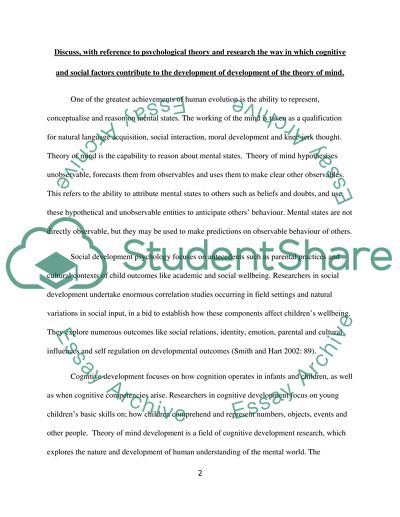Cite this document
(“Discuss, with reference to psychological theory and research, the way Essay”, n.d.)
Retrieved from https://studentshare.org/psychology/1472031-discuss-with-reference-to-psychological-theory-and
Retrieved from https://studentshare.org/psychology/1472031-discuss-with-reference-to-psychological-theory-and
(Discuss, With Reference to Psychological Theory and Research, the Way Essay)
https://studentshare.org/psychology/1472031-discuss-with-reference-to-psychological-theory-and.
https://studentshare.org/psychology/1472031-discuss-with-reference-to-psychological-theory-and.
“Discuss, With Reference to Psychological Theory and Research, the Way Essay”, n.d. https://studentshare.org/psychology/1472031-discuss-with-reference-to-psychological-theory-and.


